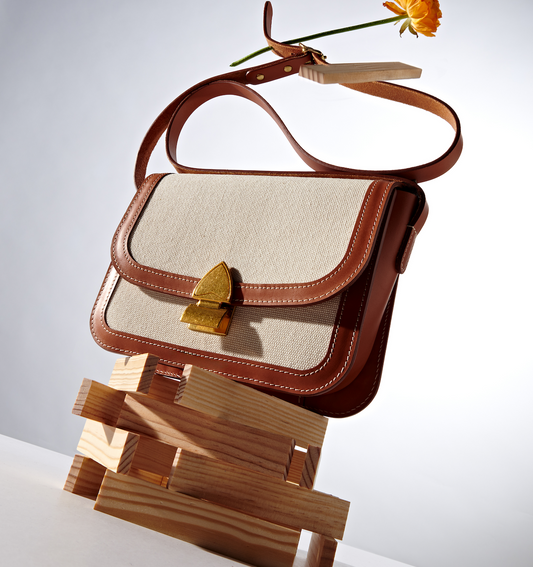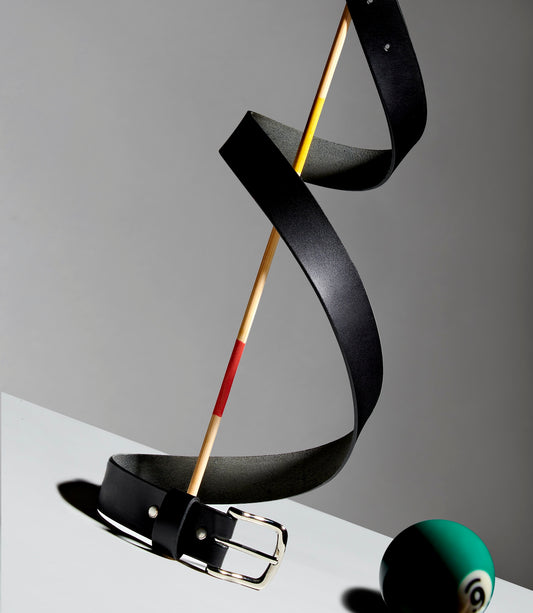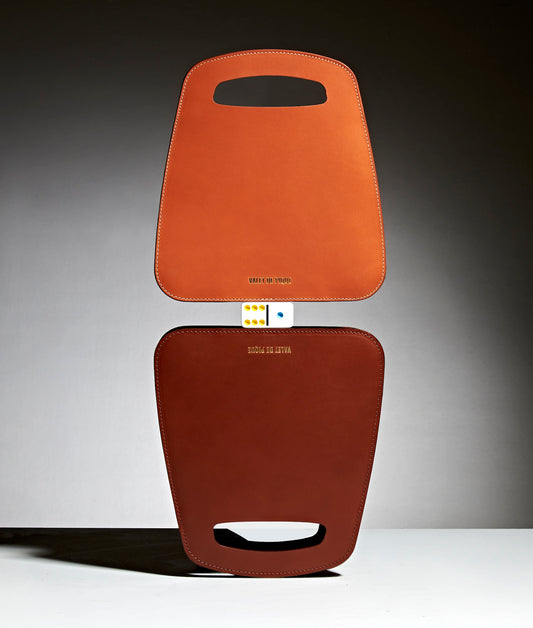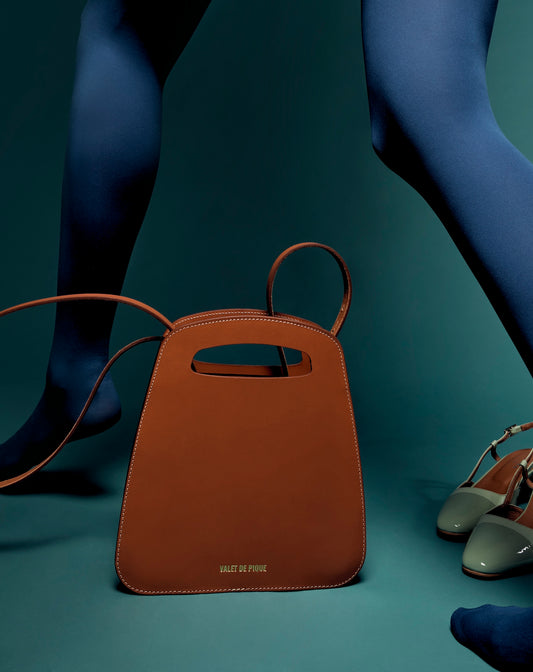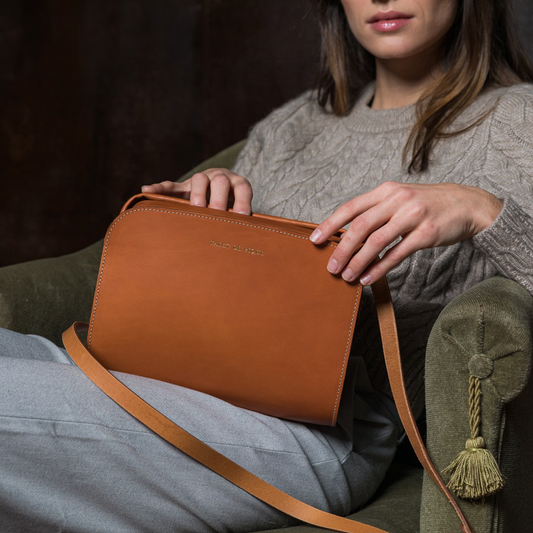Chanel, Dior, St Laurent, Hermès, Louis Vuitton ... The list is exhaustive and continues to grow. French designers have long created some of the most renowned and coveted brands in the world. Innovative in terms of design and remarkable in technique, the extraordinary reputation of the French clothing industry dates back to at least the 17th century, and its reputation has only grown since.
The French undoubtedly owe their unprecedented chic to King Louis XIV, the "Sun King", whose reign began in 1643. Louis XIV had particularly luxurious tastes, as evidenced by the spectacular Château de Versailles and the richness of his wardrobe. Aware of the importance of luxury goods for the national economy, Louis XIV placed a large number of artistic industries, including the textile market, under the control of the court, which became the world's arbiter of style and elegance. For centuries to come, the best fabrics and materials were to be found in France.
As the haute couture industry developed in the late 19th century, seamstresses and tailors had no choice but to settle in France. Charles Frederick Worth, the Englishman credited with the development of the haute couture industry, was the first to open a shop on Rue de la Paix in Paris, along with many other fashion houses - among them Paul Poiret and Madeleine Vionnet. Within a short time, Paris became the thriving hub of the fashion world, while the French designers' pieces were replicated around the world.
Among these fashion houses, the most famous is undoubtedly Coco Chanel's. To say that Chanel changed the fashion industry is an understatement. She completely deconstructed women's clothing, removing the corset, which tortured the torso to give it an ideal curve according to the canons of the time.
"If a woman is poorly dressed, her dress is noticed, but if she is impeccably dressed, she is noticed. "Coco Chanel
Instead, she favored loose, flowing clothing designs, which skyrocketed in popularity in the 1920s to become the defining style of the era - the "garçonne style."
The fashion industry in France withers during the Second World War. Under the Nazi occupation, Chanel was forced to close its doors, as were many other fashion houses. The United States seized the opportunity to establish its own sartorial presence, diverting the attention of the press to American designers, such as Claire McCardell.
"Whatever you do, do it with passion. Live with passion." - Christian Dior
After years of rationing and textile shortages, the clothing industry's renaissance is again generated by a French visionary. Christian Dior dominated fashion after World War II with a new style. It is characterized by a waist cut, an A-line skirt, reaching mid-calf, a new style adapted to a feminine and elegant silhouette. Very controversial at first, Dior's extravagant clothes required complex and expensive manufacturing, amidst post-war shortages and shortages. In response to critics, the French designer defiantly declared, "Europe has had enough bombs, now it wants to see fireworks. The house of Dior was inundated with orders after this period of war, once again giving Paris its status as the undisputed fashion capital of the world.
The twentieth century saw a large number of designers emerge. In Paris, Hubert de Givenchy and Pierre Balmain emerged, keeping the reputation of the French fashion industry alive. However, competition was increasing from the United States and Italy.
"Neither I nor Courrèges had the idea of the miniskirt. It was the street that invented it." - Mary Quant
The biggest challenge for France, anxious to maintain its dominance, comes in the 1960s. The "youth culture" develops quickly in London, with Mary Quant. She is an English designer who has the audacity to create mini skirts coveted by the younger generation, promoting emancipation and sexual liberation. Quant's style creates a contrast with the rather sophisticated and formal style of the Parisian creations, rather intended for older people.
"There is a strength in me, a fierce will, that pushes me towards hope and light." - Yves Saint Laurent
But it was the young Yves Saint Laurent who had perhaps the most significant impact on the fashion industry in the late 1960s and subsequent decades. Saint Laurent was not only responsible for the transition of many men's products to a women's wardrobe, such as the tuxedo, but he was also the first to produce ready-to-wear collections.
Today, Paris remains an official fashion capital, along with Milan, New York and London. But a growing number of cities are seeking to assert their presence in this sector, such as Barcelona, Berlin and Singapore. Despite the competition between these cities, fashion remains a major component of French culture and of international influence.






